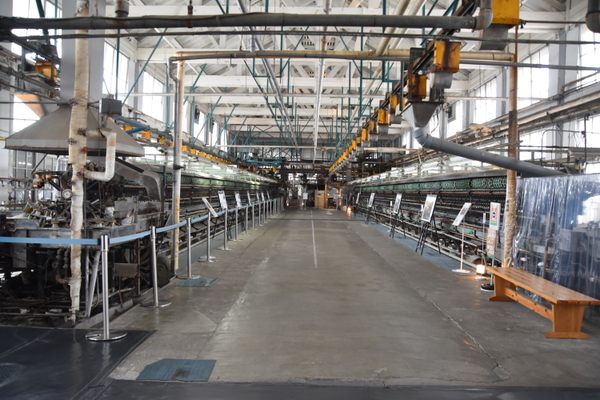About
In the town of Battle, named for its role as the site of 1066’s Battle of Hastings, stands St. Mary's Church. The church is home to a grand piece of embroidery known as The Battle Tapestry. Designed by local artist Tina Greene, this masterpiece showcases the key historical events that took place in the town between the Battle of Hastings in 1066 and the founding of St. Mary's Church in 1115.
This incredible work of art measures three meters in length and emulates the style of the Bayeux Tapestry, an 11th-century visual account of the events leading up to the Norman invasion and the Battle of Hastings in 1066. Neither the Battle Tapestry nor Bayeux Tapestry are true tapestries however, but rather grand works of embroidery, since they are stitched onto a linen base rather than weaved as one as a tapestry would be.
The creation of the Battle Tapestry involved the artistry and efforts of 741 stitchers who worked for 10 months. By 2017, the Battle Tapestry was complete and detailed eight significant events in the town’s early history.
The intricate embroidery begins with a scene depicting the search for King Harold Godwinson’s body, followed by William's re-crowning in 1070 at Winchester by Ermenfrid. This second scene, though not in Battle, is significant for it is here that Penitential Order was declared, calling those who dealt death during the Norman Invasion to do acts of penance. As such, the third scene depicts William insisting therefore that an Abbey be built on the hill where Harold was killed.
The next three scenes showcase the development of Battle Abbey itself: its first Abbot in 1076, the building process, and then the abbey's 1095 consecration. The seventh scene then details the development of the town around its new abbey, and the final, eighth, scene depicts the St. Mary's Church being built, where the tapestry now resides.
Related Tags
Published
May 2, 2024








































